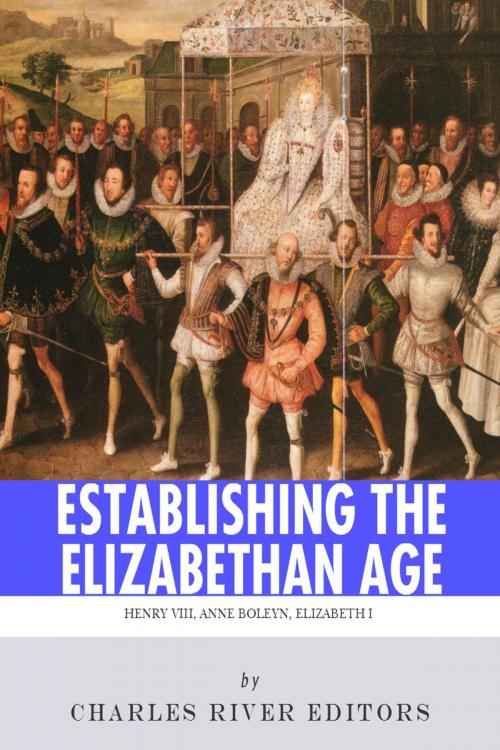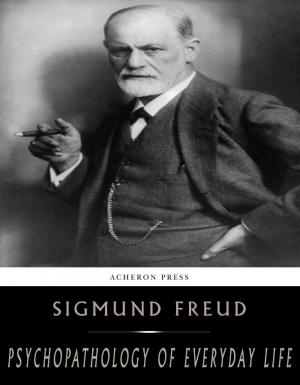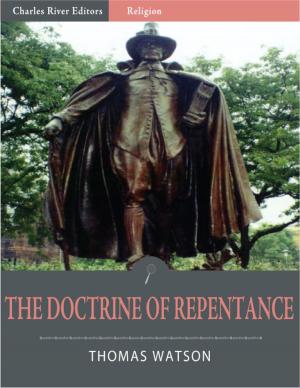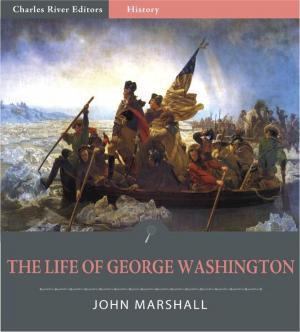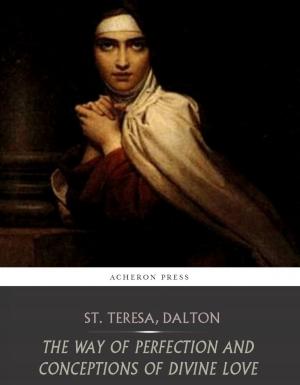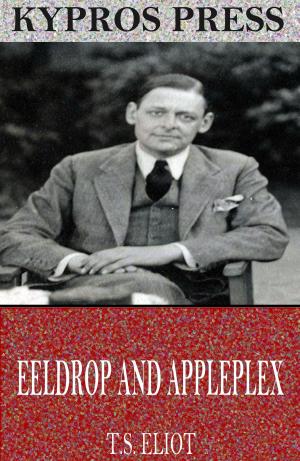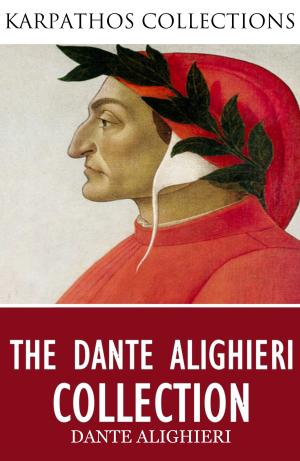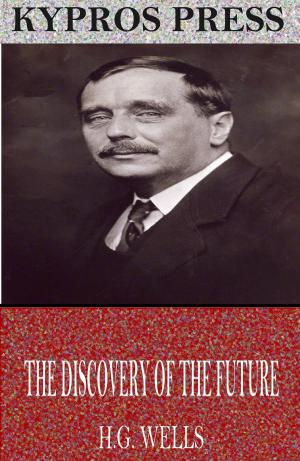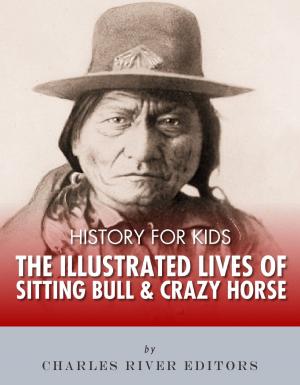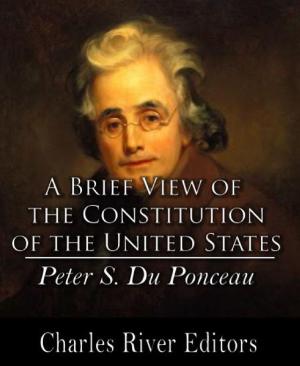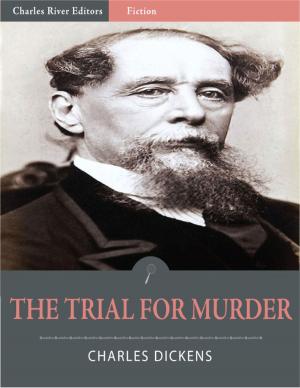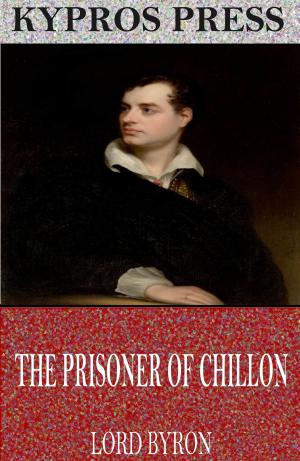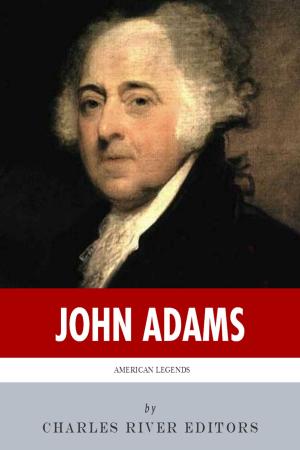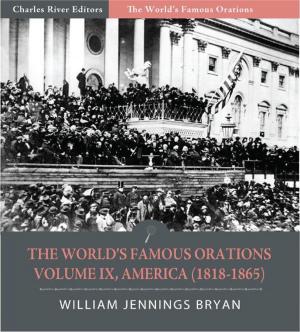Establishing the Elizabethan Age: The Lives and Legacies of Henry VIII, Anne Boleyn and Elizabeth I
Biography & Memoir, Royalty, Nonfiction, History, British| Author: | Charles River Editors | ISBN: | 9781475319606 |
| Publisher: | Charles River Editors | Publication: | November 21, 2012 |
| Imprint: | Language: | English |
| Author: | Charles River Editors |
| ISBN: | 9781475319606 |
| Publisher: | Charles River Editors |
| Publication: | November 21, 2012 |
| Imprint: | |
| Language: | English |
*Includes pictures of Henry, Anne, Elizabeth and important people, places, and events in their lives. *Analyzes their legacies and discusses popular legends about them.*Includes a Bibliography for further reading.*Includes a Table of Contents. Over 450 years after his reign, Henry VIII is still the most famous and recognizable King of England, but its for all the wrong reasons. Though well regarded by contemporaries as a learned king and "one of the most charismatic rulers to sit on the English throne", he is best remembered today for his gluttony and multiple marriages, particularly the gruesome way in which he was widowed on more than one occasion. Naturally, that was the focus of the popular Showtime drama series centered around his life, The Tudors. Henry VIII will probably continue to be best known for beheading some of his wives, most notably Anne Boleyn, so it is somewhat fitting that his most decisive act came as a result of a marital mishap. Sharply at odds with the Catholic Church over his attempt to dissolve his marriage with Catherine of Aragon, Henry VIII ultimately broke with the Church and established the Church of England, which forever both the religious history of England and the social hierarchy of the nation and its empire. Of Henrys wives, none is more famous than his second, Anne Boleyn, who even today remains both famous and infamous for her personal and political life nearly 400 years after her death. Anne was a vixen and ultimately a victim, but she was also an astute politician, foolish lover and wise woman who could never decide whether to listen to her heart or her head. She was also both an adulteress and religious reformer, and these two qualities would come together to change the face of English Christianity forever.Anne came into the court with a better idea of what she was getting herself into than any other of Henrys queens, but even she could not see foresee how fickle fate would cost her both her love and her life. Like Catherine of Aragon before her, she would be unable to hold on to her wandering husband. However, she would, ironically, be the last of his queens that hed ever cheat on. Early female mortality and his own failing health would keep him faithful to the women who would follow her as queen, in a way that the teachings of the Church and common decency never would.When Queen Elizabeth II came to the throne in 1652, many commentators heralded the beginning of her reign as the second Elizabethan age. The first one, of course, concerned the reign of Henry VIIIs second surviving daughter and middle surviving child, Queen Elizabeth I, one of Englands most famous and influential rulers. It was an age when the arts, commerce and trade flourished. It was the epoch of gallantry and great, enduring literature. It was also an age of wars and military conflicts in which men were the primary drivers and women often were pawns. Elizabeth was the last Tudor sovereign, the daughter of the cruel and magnificent King Henry VIII and a granddaughter of the Tudor Houses founder, the shrewd Henry VII. Elizabeth, hailed as Good Queen Bess, Gloriana and The Virgin Queen to this day in the public firmament, would improve upon Henry VIIIs successes and mitigate his failures, and despite her own failings would turn out to have the heart and stomach of a king, and a king of England too. Indeed, that was the phrase she would utter in describing herself while exhorting her troops to fight for England against the Spanish Armada.Establishing the Elizabethan Age chronicles the lives and legacies of Henry VIII, Anne Boleyn and Elizabeth I, but it also humanizes them and discusses common legends about them. Along with pictures of important people, places, and events in her life, you will learn about Henry, Anne and Elizabeth like you never have before.
*Includes pictures of Henry, Anne, Elizabeth and important people, places, and events in their lives. *Analyzes their legacies and discusses popular legends about them.*Includes a Bibliography for further reading.*Includes a Table of Contents. Over 450 years after his reign, Henry VIII is still the most famous and recognizable King of England, but its for all the wrong reasons. Though well regarded by contemporaries as a learned king and "one of the most charismatic rulers to sit on the English throne", he is best remembered today for his gluttony and multiple marriages, particularly the gruesome way in which he was widowed on more than one occasion. Naturally, that was the focus of the popular Showtime drama series centered around his life, The Tudors. Henry VIII will probably continue to be best known for beheading some of his wives, most notably Anne Boleyn, so it is somewhat fitting that his most decisive act came as a result of a marital mishap. Sharply at odds with the Catholic Church over his attempt to dissolve his marriage with Catherine of Aragon, Henry VIII ultimately broke with the Church and established the Church of England, which forever both the religious history of England and the social hierarchy of the nation and its empire. Of Henrys wives, none is more famous than his second, Anne Boleyn, who even today remains both famous and infamous for her personal and political life nearly 400 years after her death. Anne was a vixen and ultimately a victim, but she was also an astute politician, foolish lover and wise woman who could never decide whether to listen to her heart or her head. She was also both an adulteress and religious reformer, and these two qualities would come together to change the face of English Christianity forever.Anne came into the court with a better idea of what she was getting herself into than any other of Henrys queens, but even she could not see foresee how fickle fate would cost her both her love and her life. Like Catherine of Aragon before her, she would be unable to hold on to her wandering husband. However, she would, ironically, be the last of his queens that hed ever cheat on. Early female mortality and his own failing health would keep him faithful to the women who would follow her as queen, in a way that the teachings of the Church and common decency never would.When Queen Elizabeth II came to the throne in 1652, many commentators heralded the beginning of her reign as the second Elizabethan age. The first one, of course, concerned the reign of Henry VIIIs second surviving daughter and middle surviving child, Queen Elizabeth I, one of Englands most famous and influential rulers. It was an age when the arts, commerce and trade flourished. It was the epoch of gallantry and great, enduring literature. It was also an age of wars and military conflicts in which men were the primary drivers and women often were pawns. Elizabeth was the last Tudor sovereign, the daughter of the cruel and magnificent King Henry VIII and a granddaughter of the Tudor Houses founder, the shrewd Henry VII. Elizabeth, hailed as Good Queen Bess, Gloriana and The Virgin Queen to this day in the public firmament, would improve upon Henry VIIIs successes and mitigate his failures, and despite her own failings would turn out to have the heart and stomach of a king, and a king of England too. Indeed, that was the phrase she would utter in describing herself while exhorting her troops to fight for England against the Spanish Armada.Establishing the Elizabethan Age chronicles the lives and legacies of Henry VIII, Anne Boleyn and Elizabeth I, but it also humanizes them and discusses common legends about them. Along with pictures of important people, places, and events in her life, you will learn about Henry, Anne and Elizabeth like you never have before.
